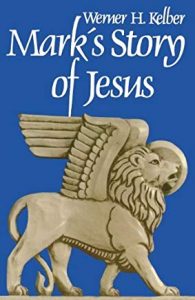Here is another snippet here from classicist scholar John Taylor’s book, Classics and the Bible: Hospitality and Recognition. This time it is from a decontextualized comparison between Jesus and Socrates. I have only extracted those elements that relate most directly to Jesus as found in the Gospels themselves, and left behind those that relate to a more generic image of Jesus that embraces the descriptions of various Church Fathers and the apostle Paul.
I have not included discussion of any of these points of comparison. I have simply listed them as dot-points, so do with them what you will. I had once hoped to discuss them more meaningfully, but can see that I will not have an opportunity (given my balance of interests) to do that for at least twenty years.
I have given more online references to Socrates than to Jesus because I assume that most interested in such a topic would already know more about Jesus, and sources for references to Jesus, than Socrates.
The comparison falls in two parts, though these may seem contrived to many. The first is comparing Jesus and Socrates per se; the second list compares the sources of each, or as each is found particularized in specific sources, and scholarly reactions to each.
The comparisons of the deaths of each in the second bracket (#5, accounts of the last days or each) probably should really go in the first set of comparisons, but I have kept Taylor’s sequence to save time, even though Taylor makes this a part of a larger discussion about scholarly reactions to same.
Socrates and Jesus in history: Continue reading “Jesus and Socrates”

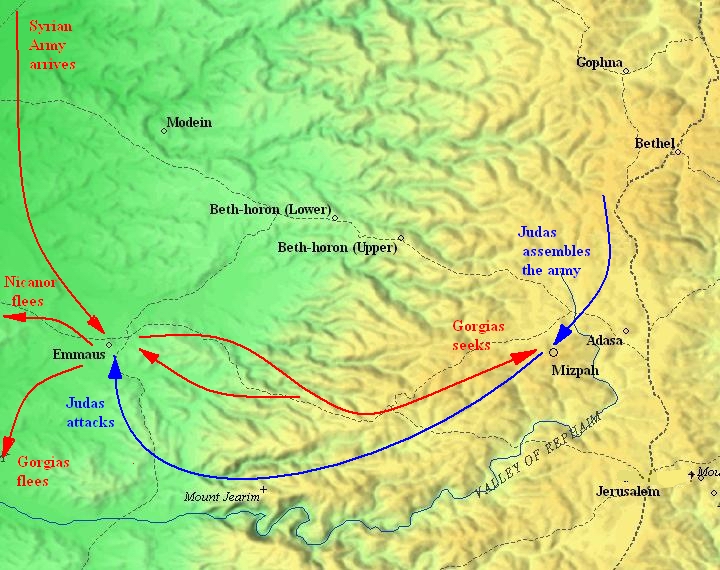
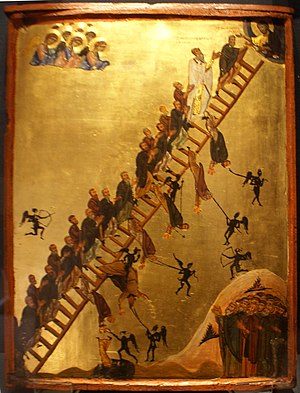
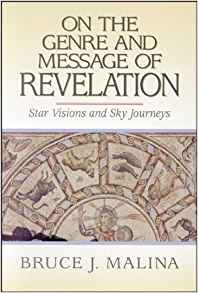


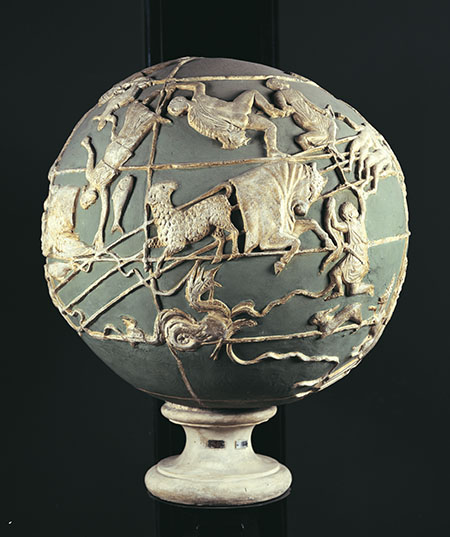
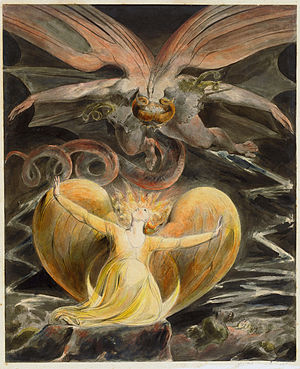
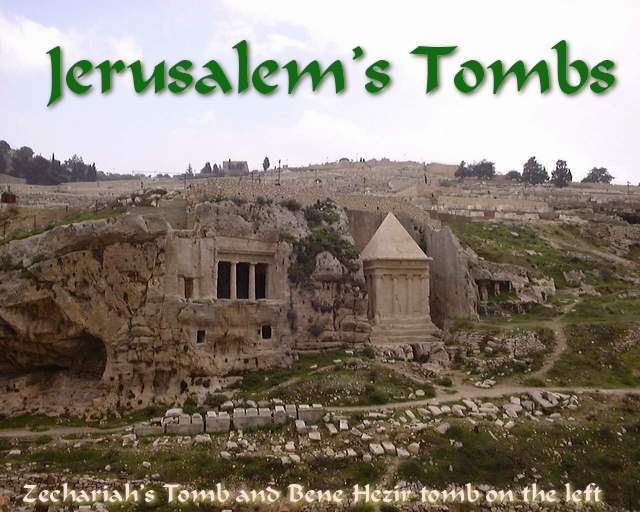 Continuing from the previous post, addressing McGrath’s
Continuing from the previous post, addressing McGrath’s 